The granite spires, mountain lakes, alpine meadows and glaciers of Wyoming’s Wind River Range are the backdrop of unforgettable outdoor adventures. The Wind River Ranger covers 2.25 million acres and includes two national forests (Shoshone and Bridger-Teton) and three wilderness areas (Bridger, Fitzpatrick and Popo Agie) with the Continental Divide cresting the entire 100-mile length.
There is no shortage of things to do in this majestic mountain range. Here are eight ideas to get you started.
1. Hiking & Backpacking
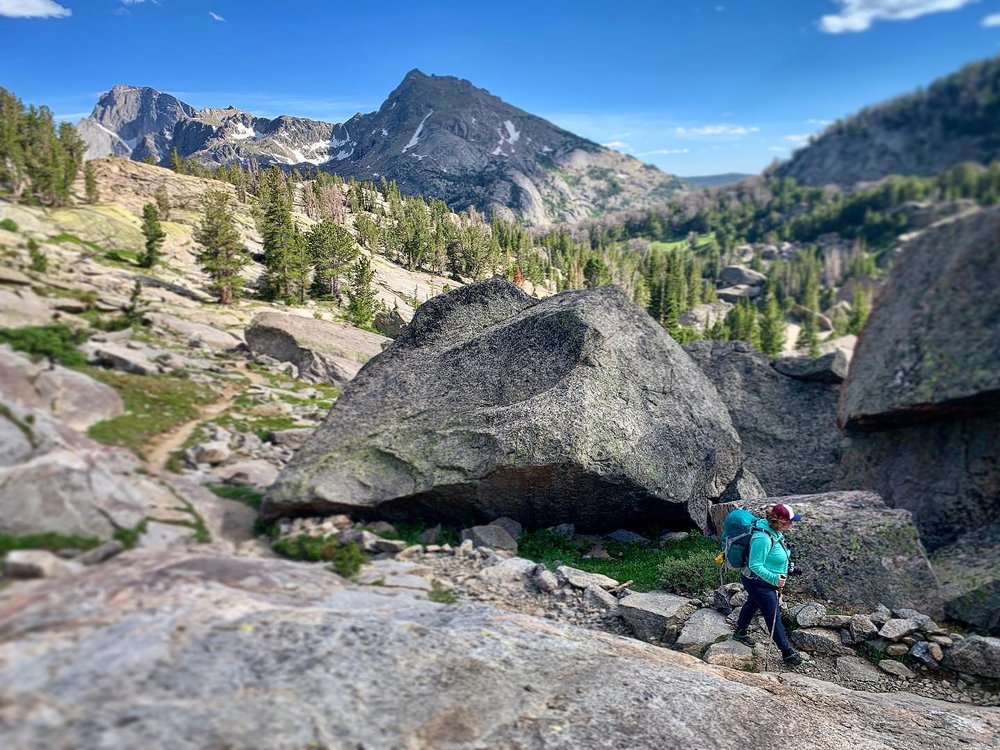
Home to more than 40 peaks over 13,000 feet in elevation and seven of the largest glaciers in the Rocky Mountains, the Wind River Range offers endless opportunities to explore its majestic scenery through hiking trails of all skill levels. The Continental Divide National Scenic Trail, extending from Canada to Mexico, passes through the Wind River Range. Hiking to Popo Agie Falls in Sinks Canyon State Park is a memorable experience featuring a well-groomed, 3-mile trail and a natural waterslide. Other favorite hiking trails include Bear’s Ear Trail, Silas Canyon, Wind River Peak and Elkhart Park to Sacred Rim.
With a handful of trail systems that allow for ample mileage, the Wind River Range is also a popular backpacking destination. Hike Titcomb Basin out of Pinedale for a 30-mile out and back with stunning mountain views. Or choose, Cirque of the Towers, an equally scenic 24-mile trip. Glacier Trail is a 45-mile route to Wyoming’s highest peak, Gannett Peak, which stands at 13,804 feet and is flanked by five glaciers. Take a day hike or tackle the summit, one of the most remote and difficult mountaineering challenges for experienced climbers.
2. Camping
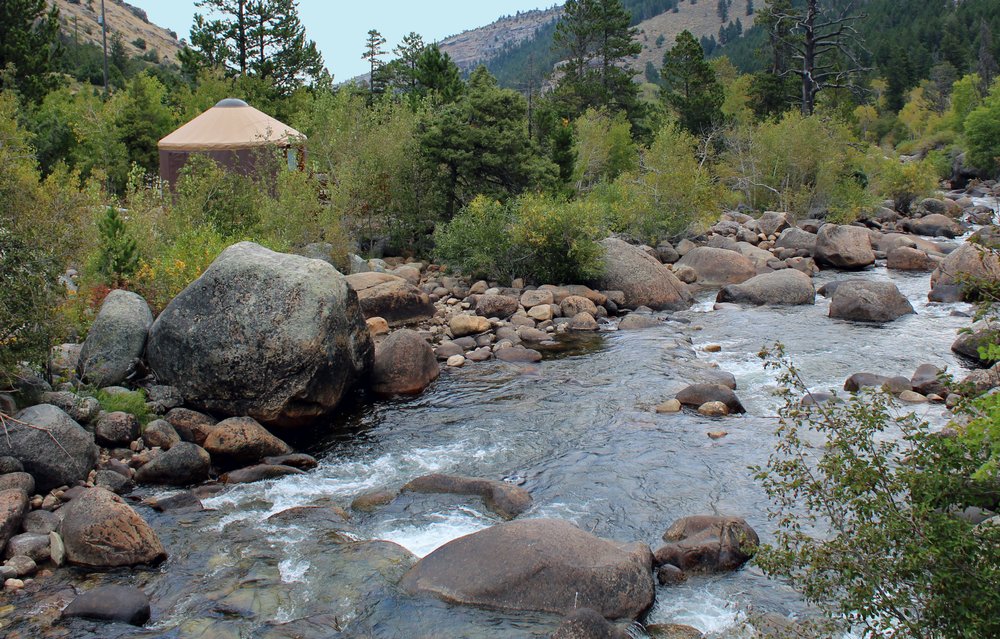
Whether you prefer commercial accommodations or remote camping, the Wind River Range has plenty to offer. Full-service campgrounds can be found in Dubois, Lander, Riverton and Shoshoni. Camp sites also are available on the national forests and in Sinks Canyon State Park and Boysen State Park. Along with tent sites and RV hookups, some campgrounds have cabins and yurts available for rent. Public lands also are open to dispersed camping.
3. Fishing

The Wind River Range’s lakes, rivers and streams fed by snowmelt are ideal for fishing, with plenty of opportunities ranging from fly fishing and guided float trips to ice fishing. Popular destinations for anglers include the Green River, New Fork Lakes and Fremont Lake. Most of Wyoming’s golden trout fishing waters are in the Wind River Mountains. In fact, Cook Lake was the original golden trout brood stock for Wyoming until 1956. Brook, rainbow and cutthroat trout are abundant in the alpine lakes and ponds of the Wind River Range.
4. Water Sports
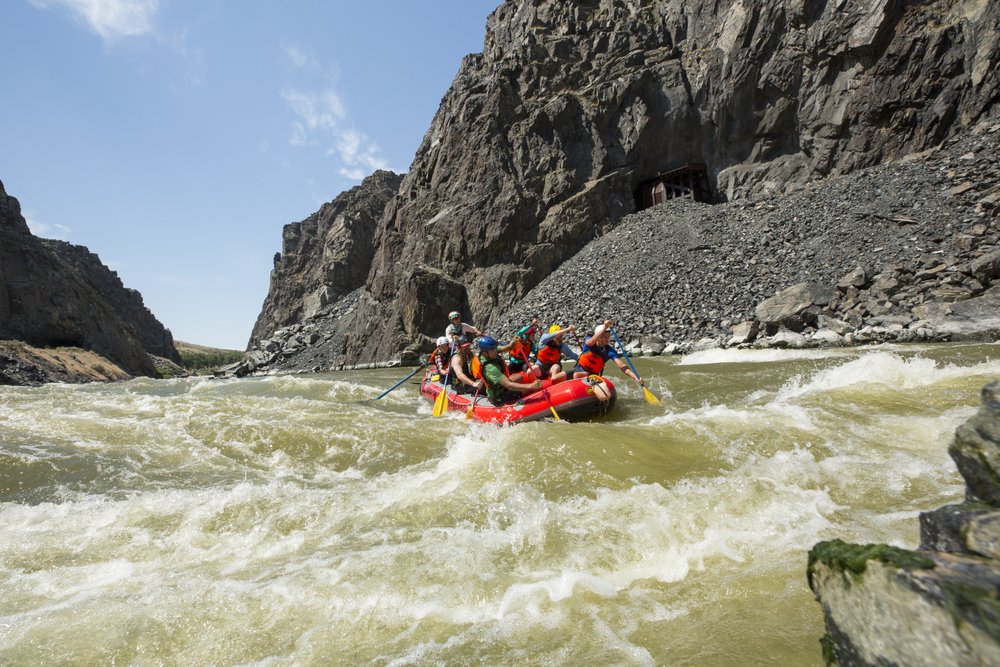
With more than 2,000 miles of rivers and 626 lakes and reservoirs, the Wind River Range is a great place for whitewater rafting, canoeing or kayaking. Boysen Reservoir covers 19,000 square acres and is ideal for water skiing or jet skiing. A Native American guide service can take you on an unmatched whitewater rafting trip through the Wind River Canyon, which passes through the Wind River Indian Reservation.
5. Rock Climbing
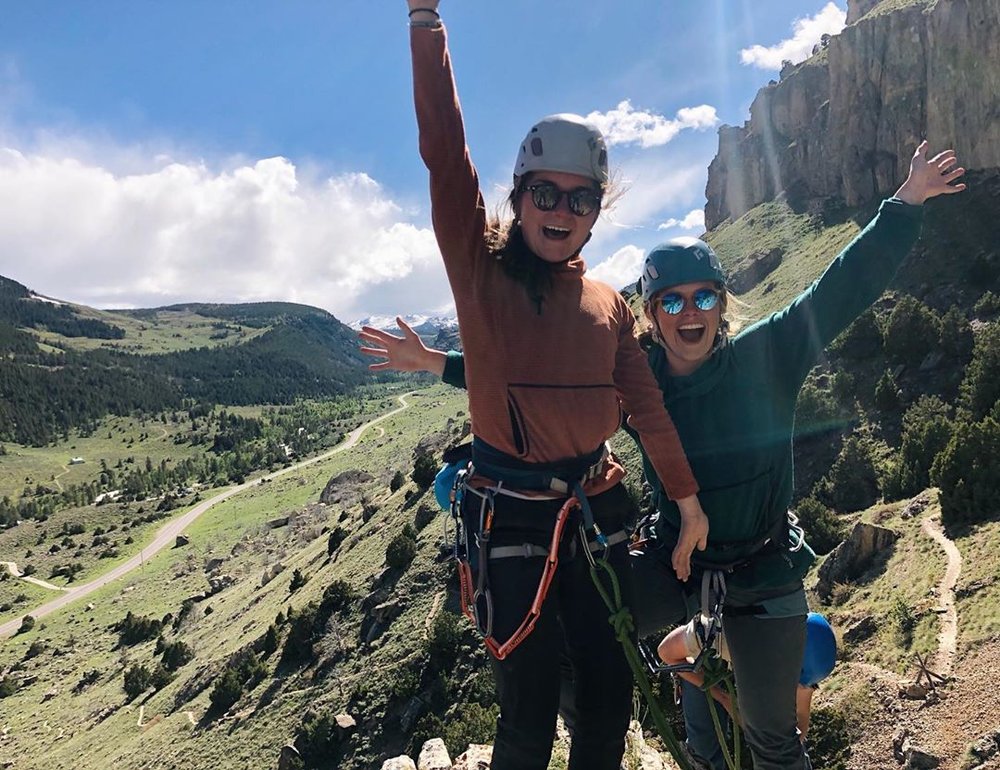
The Cirque of the Towers attracts experienced climbers to tackle its technically challenging granite walls and spires. Popular rock climbing sites for beginners include Stonehenge and Lizard Rocks near Pinedale. Titcomb Basin, accessible from the Elkhart Park trailhead has something for all skill levels. These areas featuring mainly bouldering and trad climbing routes. If you’re unfamiliar with these types of climbing, find a guide to provide instruction and equipment. If you’re more into sport climbing, Sinks Canyon State Park and Wild Iris offer plenty of world-class routes.
6. Scenic Drives

Follow the Wind River as it winds north along the Wind River Canyon Scenic Byway from the town of Shoshoni ending just south of Thermopolis. This 40-minute drive features dramatic views with rock walls rising 2,500 vertical feet and exposing rock layers dating back 2.5 billion years. A driving tour of Sinks Canyon includes stops at museums and visitor centers as well as Sinks Canyon State Park, Shoshone National Forest and Red Canyon. The Circle the Continental Divide Driving Tour includes the Wind River Mountains.
7. Horseback Riding or Llama Trekking
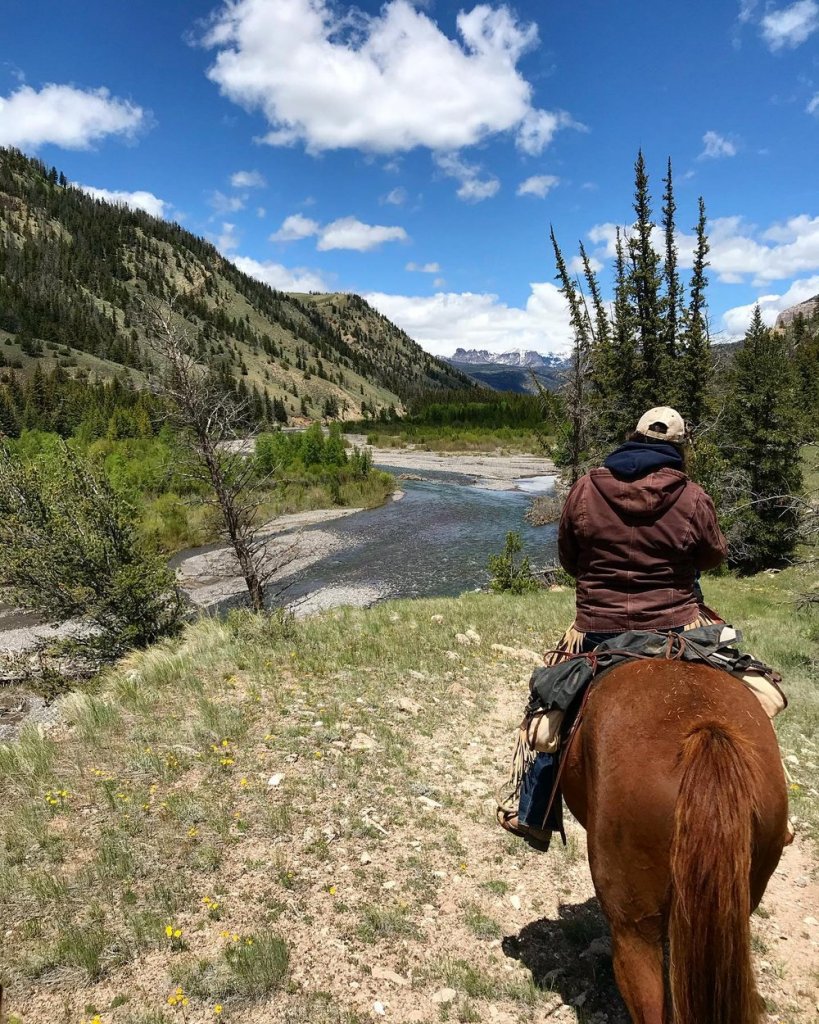
Animal lovers can add an extra boost to their outdoor experience with horseback riding or llama packing. An abundance of dude ranches and outfitters offer trail rides and pack trips in the Wind River Range. For a more unique experience, let a llama carry your gear as you explore the Wind River Range. Outfitters in Lander and Dubois offer pack llama rentals or guided tours that can enhance your hunting, fishing, hiking or camping experience.
8. Native American Culture
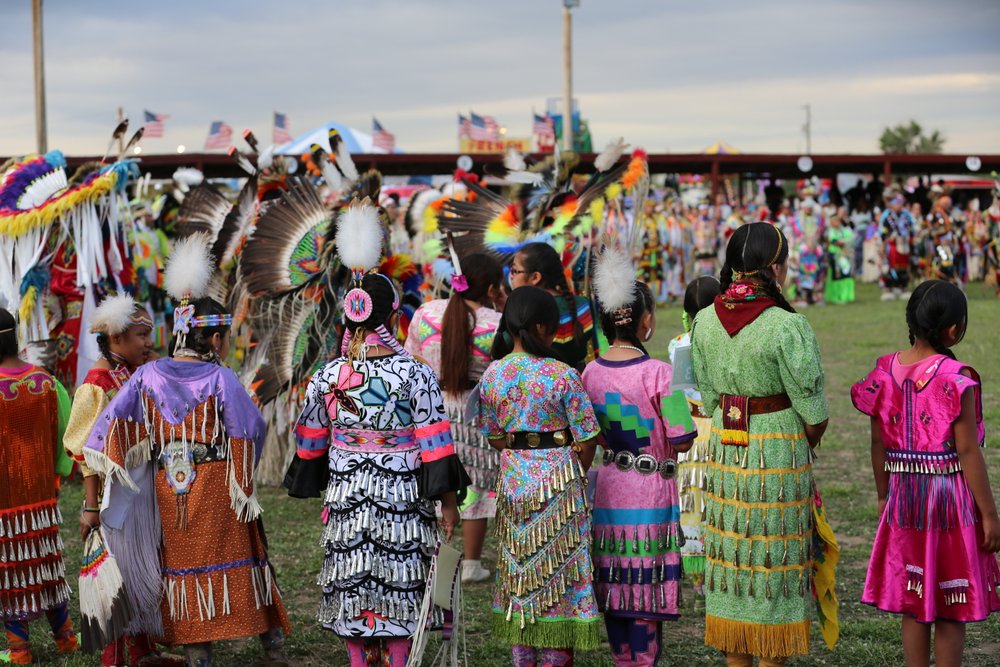
The Wind River Indian Reservation, covering 2.2 million acres in the Wind River Basin, is home to Eastern Shoshone and Northern Arapaho tribes. Visitors can learn about history, artifacts, artwork, language and storytelling at the Northern Arapaho Experience Room and the Shoshone Tribal Cultural Center at Fort Washakie; experience music, dance, dress and cultural traditions at various powwows throughout the year; and buy Native American crafts and beadwork at St. Stephens Art Center. A special permit is required to visit the recreational lands on the reservation.
Explore more of Wind River Country and the surrounding towns to expand your Wind River adventure.